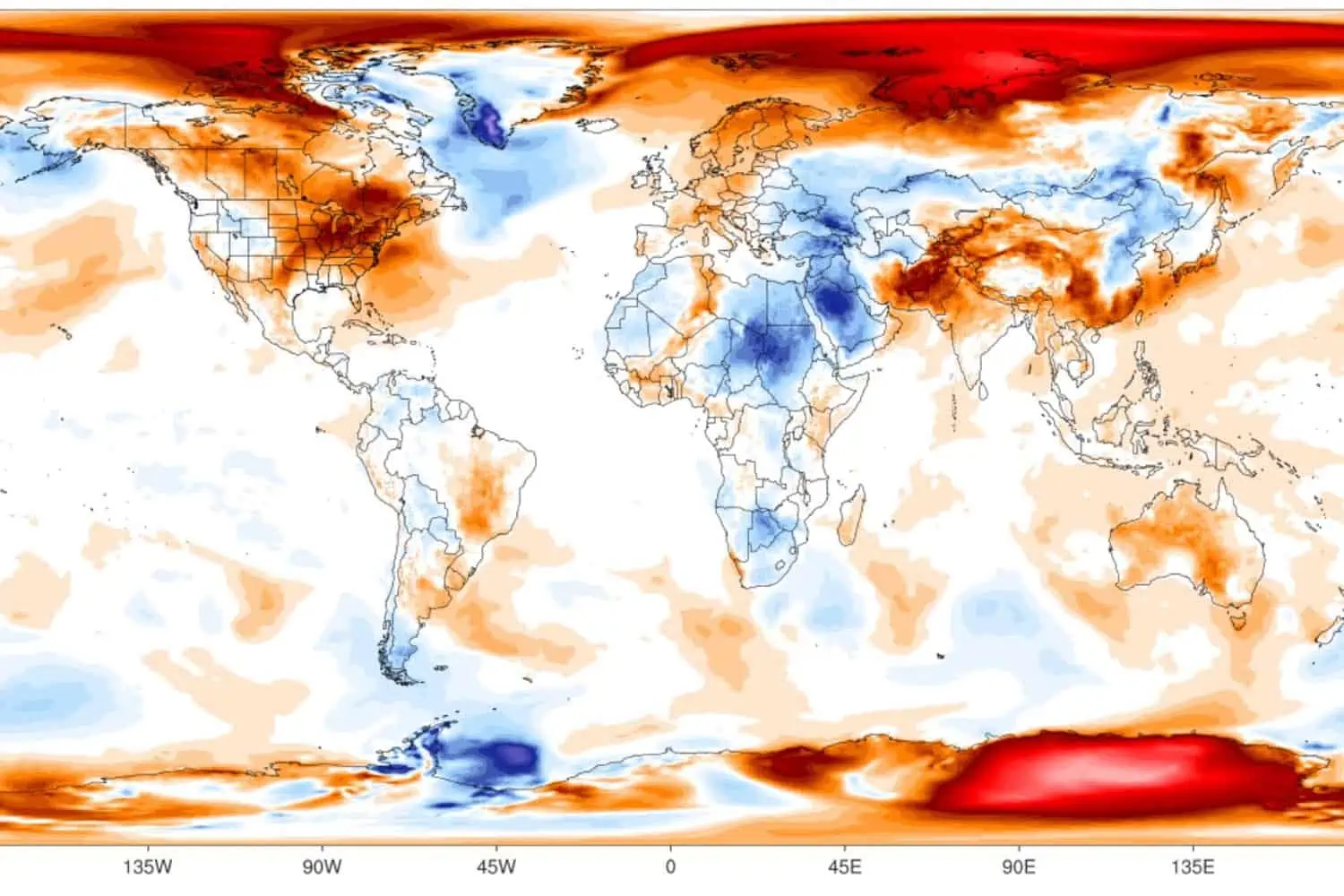Since last week both the North and South Poles of our planet endured record level heat waves, with some areas of the Antarctic reaching temperatures over 40°C higher than usual, and Arctic zones hitting up to 30°C more than usual for this time of year.
Both Sides
What adds to the rarity of the event is that both poles experienced these extreme temperature anomalies around the same time. Particularly, on the 18th of March 2022, central areas of the Antarctic reached -11.8°C. Which may still seem cold to the average person, but it is far warmer than usual for the continent that has areas over 3,200 meters above sea level. At the same time weather stations near the North Pole in the Arctic also showed signs of melting. With temperatures 30°C above normal.
What Was the Cause?
Scientists are hesitant to directly and exclusively blame climate change for the heat waves in the Arctic and Antarctic. Although it does play a role in the overall issue of increased temperature in these regions. What they do know is that heat waves such as these are often the result of atmospheric rivers. Which are narrow bands of moisture collected from warm oceans. When pushed by low and high air pressure systems they can move large amounts of water across vast distances.
To add to this, reports show that there was a slow, intense high pressure system located southeast of Australia. Which carried vast amounts of warm air and moisture into Antarctica. While on the other side of the globe, an intense low pressure system began forming. Just off the north-east coast of the United States alongside a high pressure system. Pushing a warm air river into the Arctic circle.
Dr Zachary Labe, a climatologist from Colorado State University in the US, agrees. Stating on Twitter that “both of these weather events are related to the poleward transport of heat and moisture, similar to atmospheric rivers”.
Furthermore, an article by NASA says, “in the most recent years of the study, each warming event was associated with a major storm entering the region. During these storms, strong winds from the south blow warm, moist air from the Atlantic into the Arctic.”
The Effects
These heat waves greatly impact the life of the Arctic and Antarctic areas. Although it is difficult to immediately measure to what extent. For example, what would have been snowfall becomes rainfall as temperatures rise above freezing point. Potentially affecting local plant life and how it may flourish over the next cycle. However, this is one of the effects that can only be studied in full once some time has passed and new plant growth can be monitored.
The warm conditions will also result in sea ice to break up earlier in the year. Disrupting the natural patterns of many animals. At the same time, the Arctic weather will impact the lives of indigenous people. Whose communities closely rely on sea ice for travel, hunting, and many cultural practices.
A report recently published by the Intergovernmental Panel on Climate Change’s (IPCC), titled “Climate Change 2022: Impacts, Adaptation and Vulnerability”, states that “as climate change impacts like warming waters, sea ice loss, permafrost thaw and erosion systematically alter components of the system, shift species increasingly poleward, and disrupt linkages between species and people, the ability to adapt is reduced.”
Furthermore it warns, “There are critical tipping points (such as sea ice melt, permafrost thaw) where changes may cascade, self-reinforce and accelerate, outpacing adaptation actions, and force natural and human systems irreversibly (on the scale of human existence) into novel regimes.”
